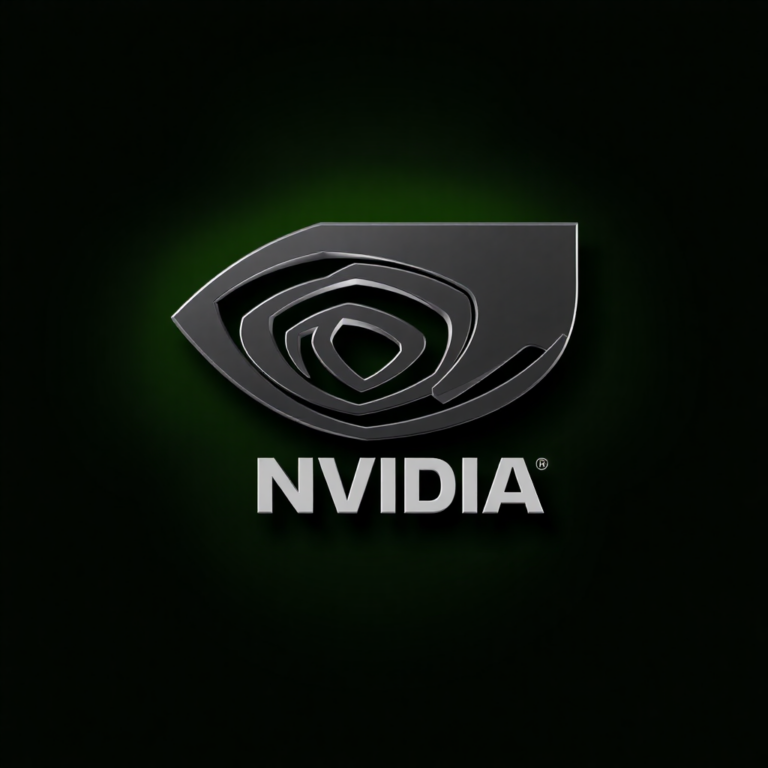Amazon has carved out a significant market share in the realm of e-readers and budget-friendly tablets. The technology giant’s Fire HD line of tablets are lauded for their affordable price points and impressive multimedia capabilities, particularly when it comes to streaming Amazon’s vast library of Prime Video content. However, when it comes to productivity, Amazon’s tablet offerings seem to lag behind. This article dives deep into Amazon’s ongoing struggle with productivity tablets.
Despite the brand’s many successes, Amazon’s offerings continue to lack key features that power users need for productivity. This glaring disconnect has been a significant roadblock to Amazon becoming a major player in the productivity tablet market. It seems that Amazon, to date, still doesn’t fully understand productivity tablets and what users need from these devices.
###The Productivity Problem###
The primary issue with Amazon’s tablets lies in their limited productivity features. Compared to competitors like the Apple iPad or Microsoft Surface, Amazon’s tablets are far from optimized for tasks like document editing, task management, or professional content creation.
Firstly, the Fire OS, Amazon’s custom version of Android, doesn’t support a wide array of productivity apps available on the Google Play Store. It has its own Amazon Appstore, which has a significantly smaller selection of apps. This limitation restricts the functionality of the device, inhibiting tasks such as file management and multitasking.
###Hardware Limitations###
Amazon tablets also face hardware limitations that impact their productivity capabilities. For instance, the lack of support for a dedicated keyboard or stylus means users cannot utilize these tablets for efficient typing or precision tasks. Additionally, the hardware specs of Amazon tablets, although impressive for media consumption, often fall short for intensive productivity tasks.
###User Experience: A Missed Opportunity###
Where Amazon misses a significant opportunity is in its user experience design. A productivity tablet requires a sophisticated, intuitive interface that caters to the needs of power users. Amazon’s interface, while user-friendly for media consumption, lacks the advanced features and multitasking capabilities that are synonymous with productivity.
###Amazon’s Future in the Productivity Tablet Market###
While Amazon has significant strides to make in the productivity tablet market, it’s important to note that the tech giant isn’t ignorant of these challenges. The recent partnership with Microsoft to bring a more full-featured version of Office to the Fire HD could be a hint of things to come. However, until Amazon addresses the core issues of app availability, hardware compatibility, and user experience design, its devices may struggle to compete as productivity tablets.











